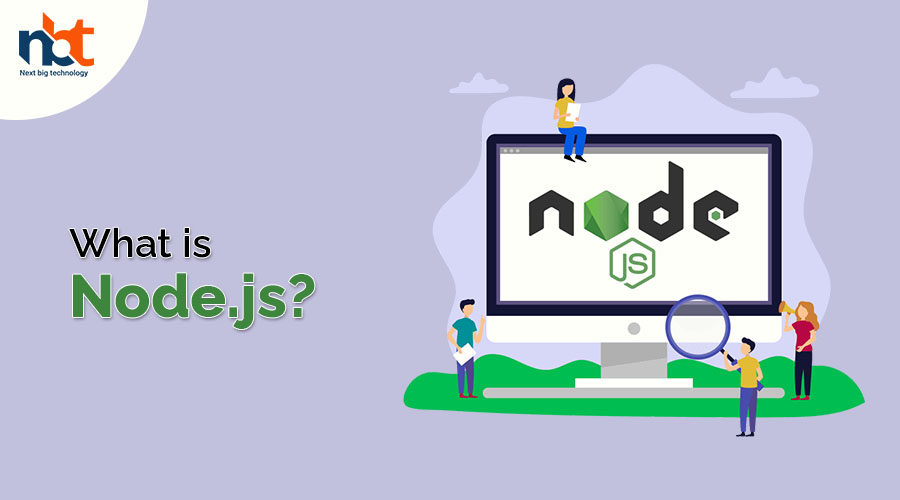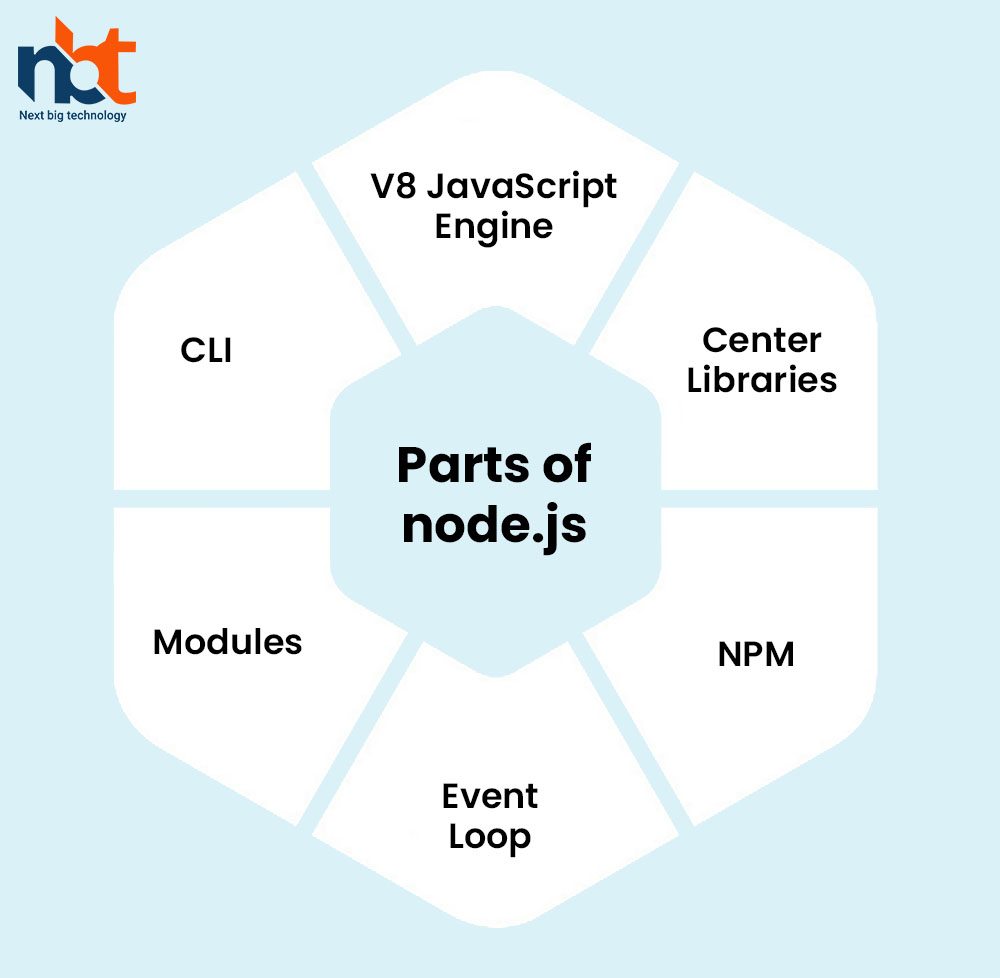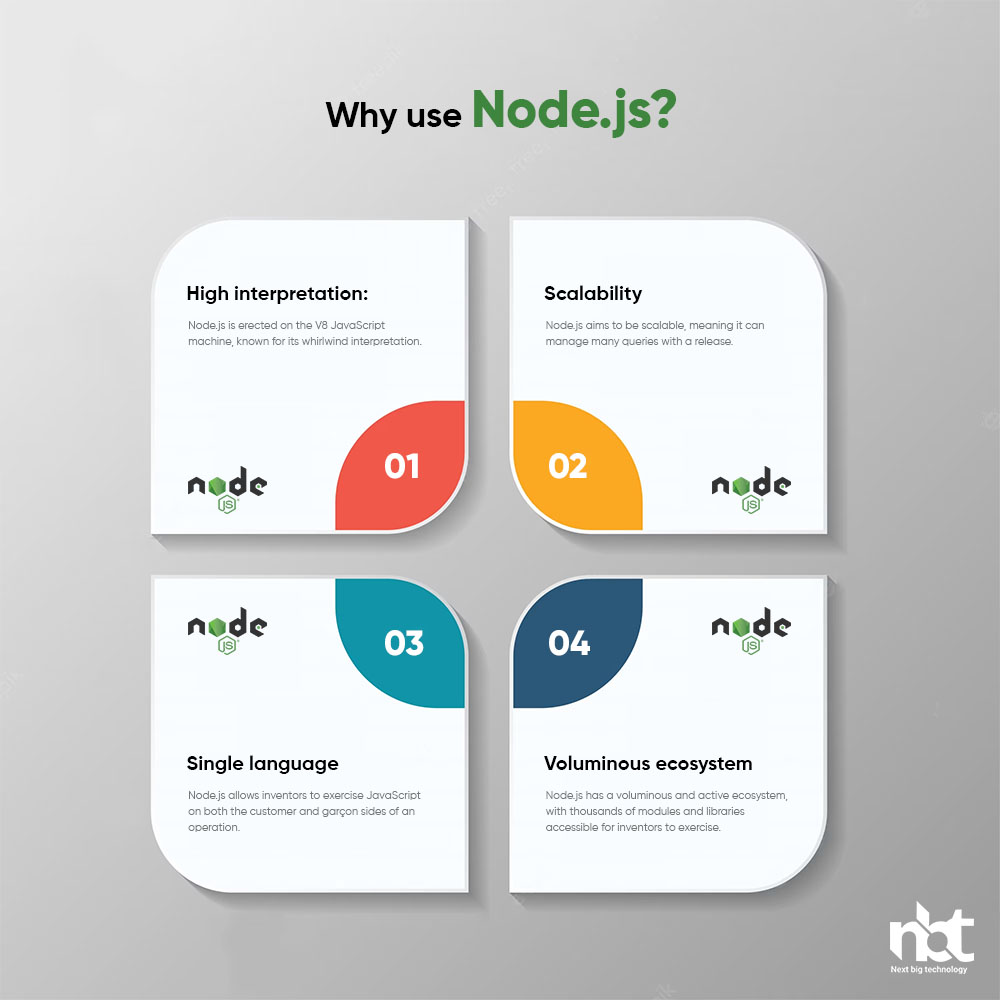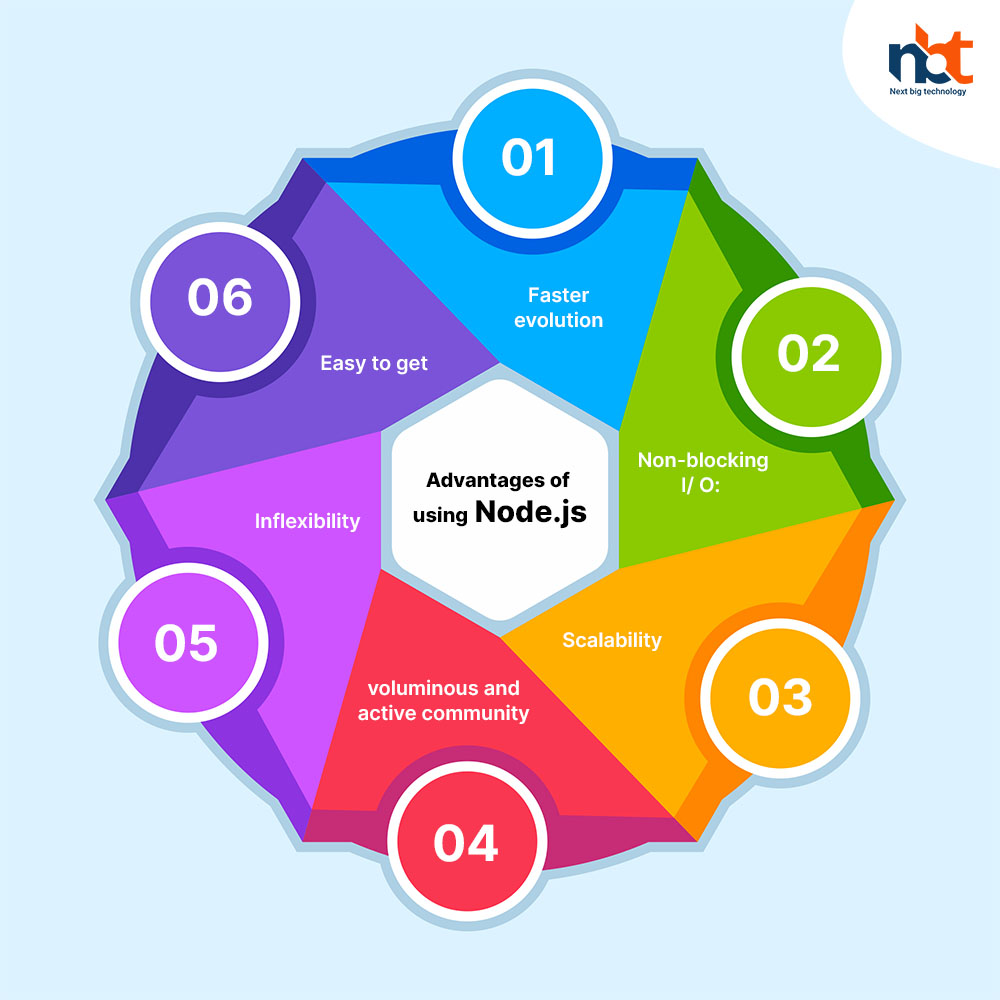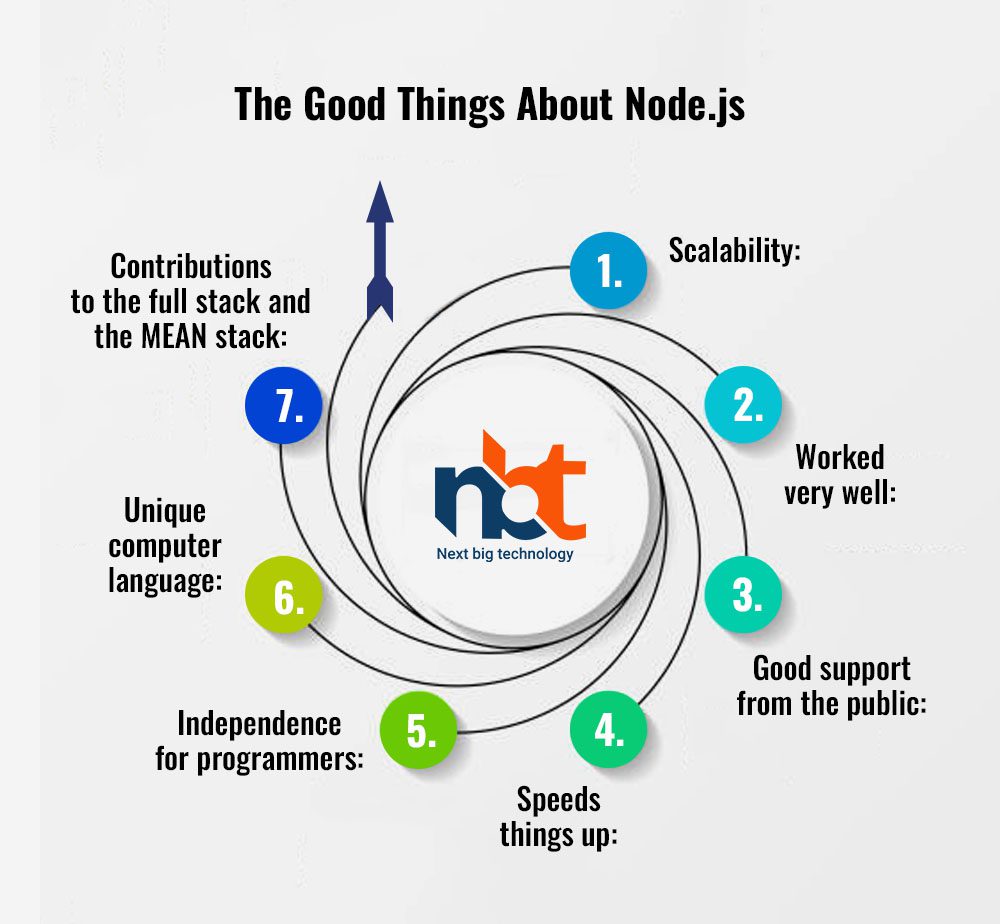Table of Contents
Introduction
Node.js has revolutionized the world of web development by bringing server-side JavaScript to the forefront. As a powerful and lightweight runtime environment, Node.js enables developers to build scalable, high-performance web applications. It has gained immense popularity due to its non-blocking, event-driven architecture and vast ecosystem of libraries and frameworks. In this blog post, we will explore the fundamentals of Node.js development, its key features, and the benefits it offers in creating modern web applications.
I. Understanding Node.js
Node.js is an open-source, server-side runtime environment built on Chrome’s V8 JavaScript engine. It allows developers to execute JavaScript code outside the browser, making it possible to build server-side applications with JavaScript. Node.js utilizes an event-driven, non-blocking I/O model, making it highly efficient and capable of handling large numbers of concurrent connections.
Also Read : What is Node.js? know all about Nodejs
II. Key Features of Node.js
-
Asynchronous and Non-Blocking:
Node.js uses an event-driven architecture and non-blocking I/O operations, allowing it to handle concurrent requests efficiently. This makes it ideal for building real-time applications and systems with high scalability requirements.
-
Single-Threaded Event Loop:
Node.js utilizes a single-threaded event loop for handling multiple concurrent requests. It eliminates the need for thread management and reduces memory consumption, resulting in faster response times and improved performance.
-
NPM (Node Package Manager):
NPM is a package manager that comes bundled with Node.js. It provides access to a vast ecosystem of open-source libraries and modules, enabling developers to leverage existing solutions and accelerate development.
-
Full-Stack JavaScript:
With Node.js, developers can use JavaScript on both the front-end and back-end, creating a cohesive and seamless development experience. This enables code sharing and increases developer productivity.
-
Scalability and Performance:
Node.js’s non-blocking I/O model, along with its lightweight and efficient runtime, allows applications to handle a large number of concurrent connections with minimal resources. This makes it well-suited for building highly scalable and performant applications.
Also Read : React and NodeJS: A Deadly Combination for Web Application Development
III. Benefits of Node.js Development
-
Fast and Scalable Applications:
Node.js’s event-driven, non-blocking architecture enables developers to build applications that can handle thousands of concurrent connections without compromising performance.
-
Increased Developer Productivity:
Using a single programming language (JavaScript) throughout the development stack streamlines the development process, reduces context switching, and promotes code reusability.
-
Extensive Ecosystem:
Node.js has a rich ecosystem of libraries, frameworks, and tools, thanks to NPM. This vast collection of modules simplifies development and allows developers to leverage existing solutions.
-
Real-Time Applications:
Node.js is well-suited for building real-time applications, such as chat applications, collaborative tools, and streaming platforms, where instant updates and real-time communication are essential.
-
Microservices and API Development:
Node.js’s lightweight and modular nature makes it ideal for building microservices architectures and developing APIs. It facilitates rapid prototyping, easy scaling, and efficient communication between services.
Also Read : Reasons To Choose NodeJS for Web App Development
IV. Best Practices for Node.js Development
-
Use Asynchronous Patterns:
Embrace asynchronous programming patterns, such as callbacks, promises, or async/await, to avoid blocking the event loop and maximize performance.
-
Modularize Code:
Break down your code into smaller, reusable modules to improve maintainability, testability, and code organization.
-
Proper Error Handling:
Implement comprehensive error handling to capture and handle errors gracefully. Properly handling errors ensures application stability and enhances user experience.
-
Caching and Optimizations:
Utilize caching mechanisms, such as in-memory caching or distributed caches, to improve application performance and reduce unnecessary data requests.
-
Security Measures:
Follow best practices for security, including input validation, protection against cross-site scripting (XSS) and SQL injection attacks, and secure authentication and authorization mechanisms.
-
Logging and Monitoring:
Implement robust logging and monitoring solutions to track application behavior, identify performance bottlenecks, and debug issues effectively.
-
Continuous Integration and Deployment:
Automate the build, test, and deployment processes using CI/CD (Continuous Integration/Continuous Deployment) pipelines to ensure a smooth development workflow and rapid iteration.
Conclusion
Node.js has transformed the landscape of web development by bringing JavaScript to the server-side and empowering developers to build scalable, high-performance applications. Its event-driven, non-blocking architecture, extensive ecosystem, and full-stack JavaScript capabilities have made it a popular choice for modern web development. By leveraging the benefits of Node.js, developers can create fast, scalable, and real-time applications while maximizing developer productivity. By following best practices and staying up-to-date with the Node.js community, developers can unlock the full potential of this powerful runtime environment and stay at the forefront of web development.
Also Read : AngularJS Vs ReactJS VS NodeJS – Which One Is Best for You?
Thanks for reading our post “Node.js Development: Unleashing the Power of Server-Side JavaScript. Please connect with us to know more about Nodejs Development.




